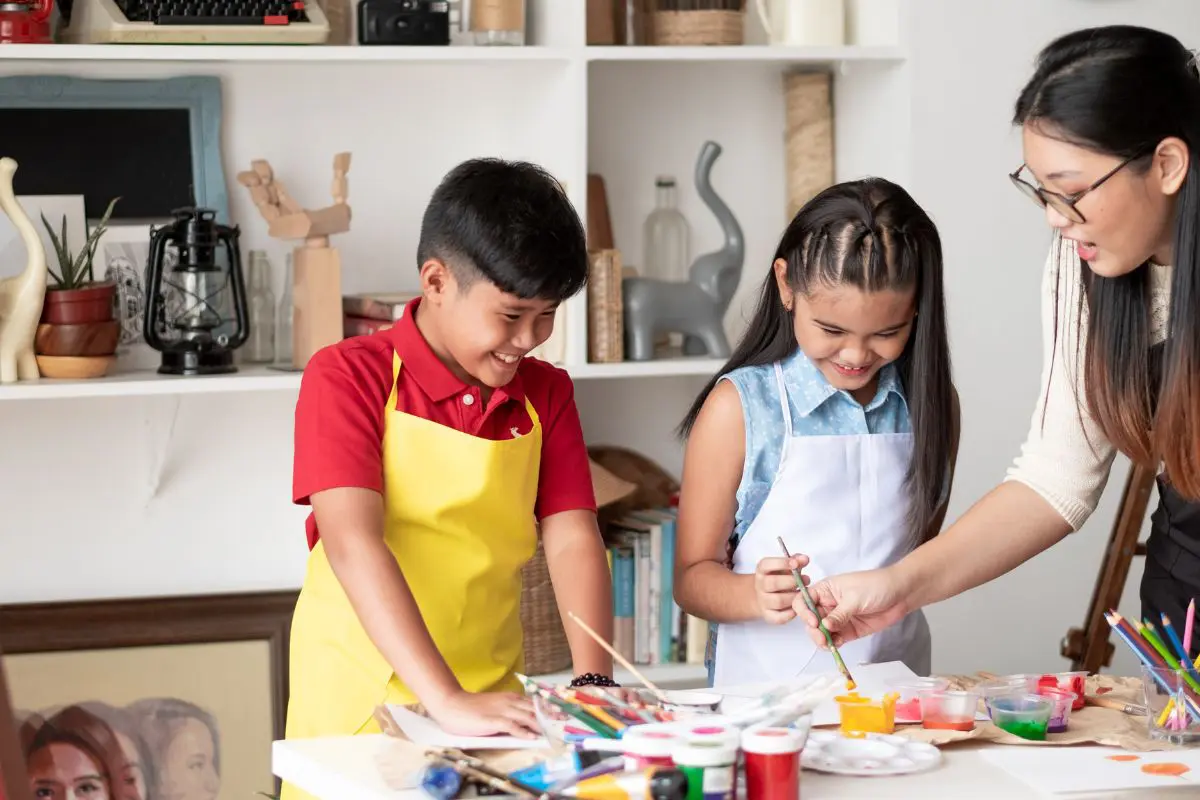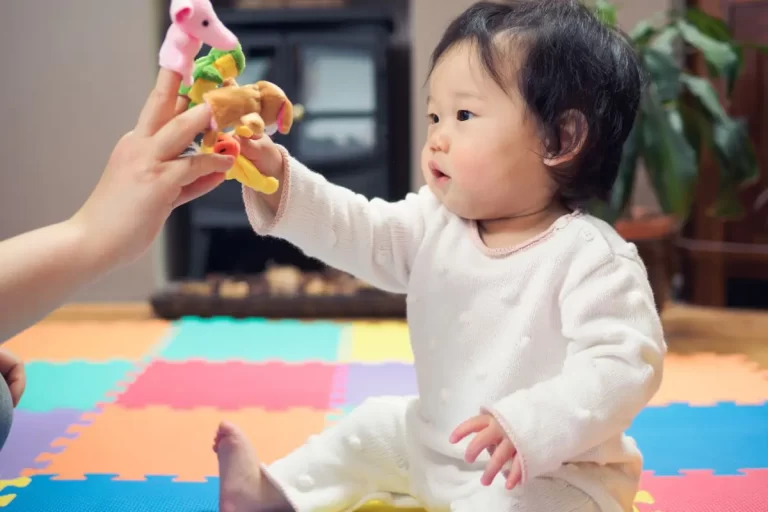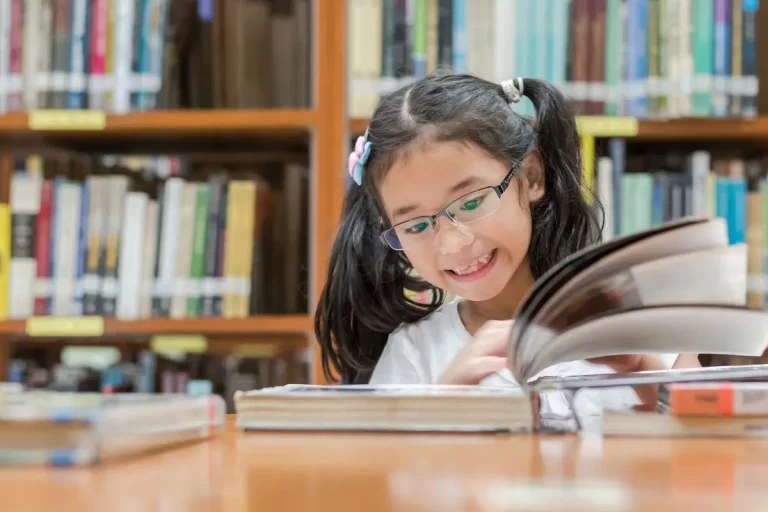Teaching English To Young Learners Through Art and Craft
English language learning is an exciting journey, and the fusion of language and creativity can transform it into a vibrant masterpiece. Let’s delve into various activities within the artistic approach that make language education not just informative but also engaging and enjoyable.
The Artistic Approach
Engaging Vocabulary Through Creativity:
Word Collages: Encouraging students to create themed word collages goes beyond expanding their vocabulary; it sparks creativity visually. This activity not only enhances language skills but also adds an artistic flair to learning.
Descriptive Drawing: Pairing language learning with descriptive drawing exercises allows students to illustrate scenes or concepts while articulating their thoughts in English. This blend of visual and verbal expression creates a holistic language learning experience.
Storytelling with a Twist:
Picture Sequencing: Utilizing picture sequencing activities involves students in arranging images to create a story, enhancing language skills with a visual context. This activity not only develops language proficiency but also nurtures storytelling skills.
Crafty Characters: Having students craft characters from a story and narrate their adventures in English combines language learning with hands-on creativity. This activity transforms language practice into a lively and imaginative experience.
Grammar in Glitter
Sentence Structure Creations:
Building Sentences with Craft Supplies: Using craft materials for building sentences provides a hands-on approach to understanding sentence structure. This engaging activity turns a typically abstract concept into a tangible and memorable learning experience.
Grammar Collages: Creating grammar collages visually represents different parts of speech, offering a tactile experience that reinforces grammar concepts. This artistic approach adds a dynamic and interactive dimension to grammar lessons.
Crafting Grammar Stories:
Grammar-Based Story Construction: Integrating grammar lessons into story construction allows students to creatively incorporate specific grammar elements into their narratives. This activity not only reinforces grammatical structures but also encourages storytelling skills.
Interactive Grammar Games: Designing craft-based games that involve movement and interaction turns language practice into a lively and engaging experience. This approach transforms grammar lessons into interactive and memorable sessions.
Interactive Learning
Role-Play with a Crafty Twist:
Crafted Role-Play Props: Elevating language learning through role-play with crafted props creates an immersive experience for better language retention. This activity not only enhances language skills but also fosters creativity and confidence in communication.
Language Puppetry: Bringing language to life with puppetry, using crafted puppets representing different characters or parts of speech, results in a lively language performance. This entertaining activity makes language practice enjoyable and memorable.
Crafty Vocabulary Games:
Word Building Challenges: Engaging students in friendly word-building challenges using craft materials transforms language practice into a collaborative and enjoyable activity. This approach adds an element of competition and camaraderie to vocabulary building.
Craft-Based Memory Games: Creating memory games with crafted cards featuring English words and corresponding images offers a playful way to enhance vocabulary recall. This interactive and visual approach makes language learning both effective and fun.
Celebrating Cultural Expressions
Cultural Crafts and Language Fusion:
Festive Language Lessons: Integrating language learning with cultural crafts during festive seasons teaches language while introducing students to cultural expressions and traditions. This multidimensional approach adds depth and richness to language education.
Multilingual Craft Exhibitions: Hosting multilingual craft exhibitions where students present their creations, explaining the process and narrating stories in English, celebrates linguistic diversity through art. This culminating event not only showcases their language skills but also fosters a sense of cultural appreciation.
Teaching English through art and craft is a dynamic endeavor that enhances language education with creativity. By incorporating these activities, educators not only promote language proficiency but also cultivate a love for learning that extends beyond traditional lessons. Let the brushes, scissors, and glue be the tools that transform English education into a canvas of imagination and linguistic growth! These activities are also great for team building.






